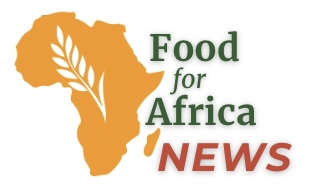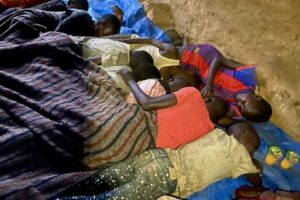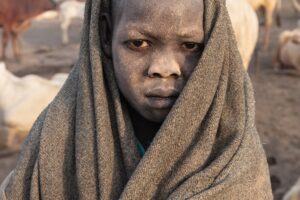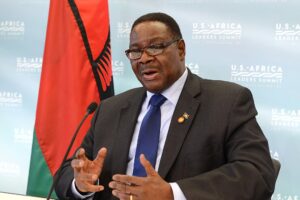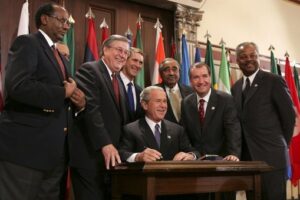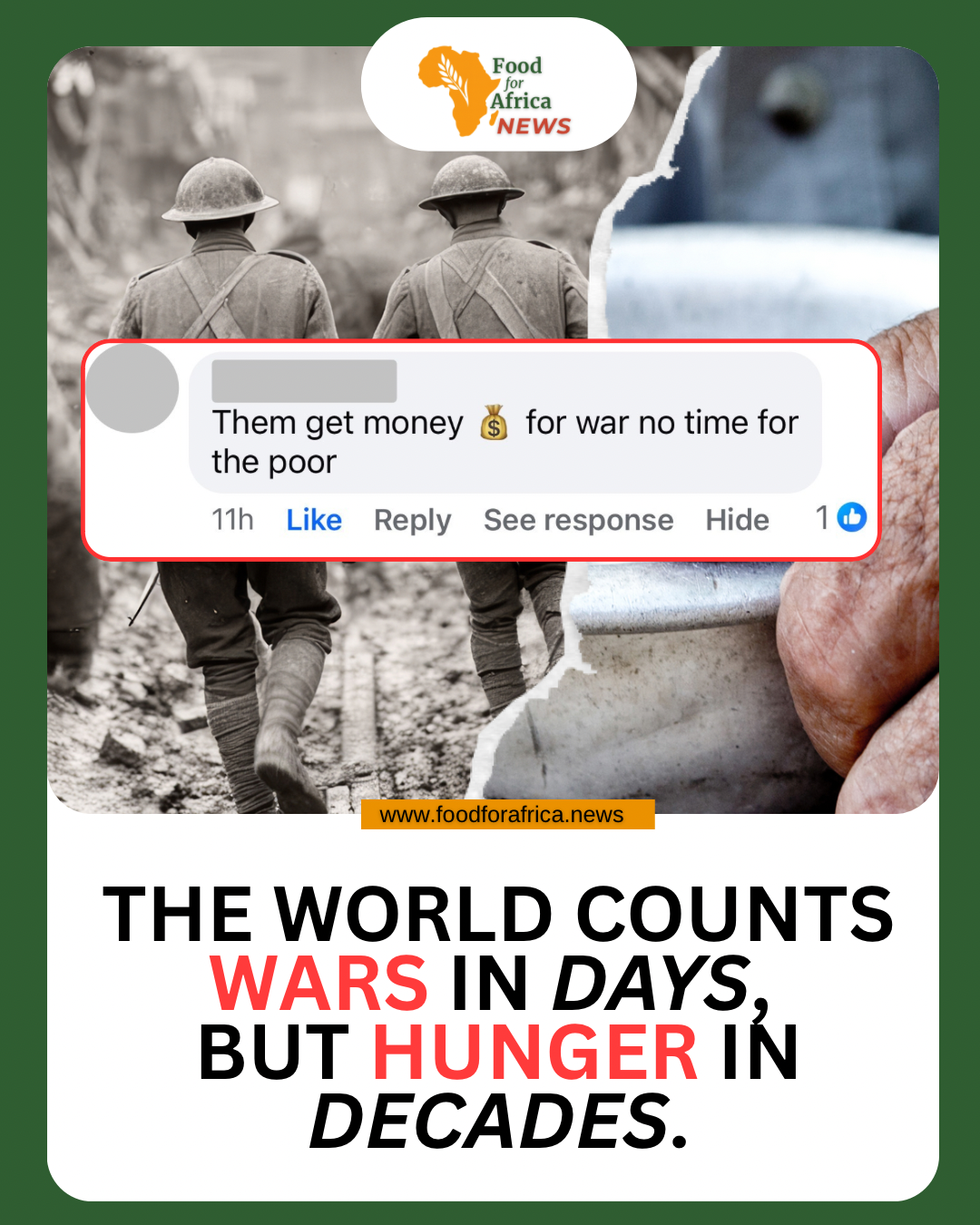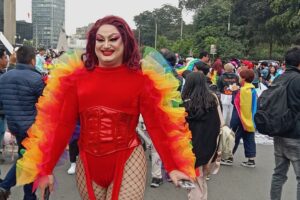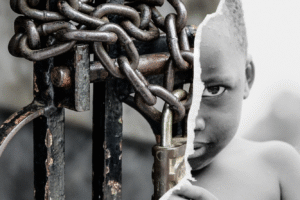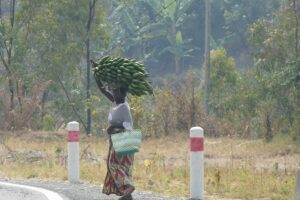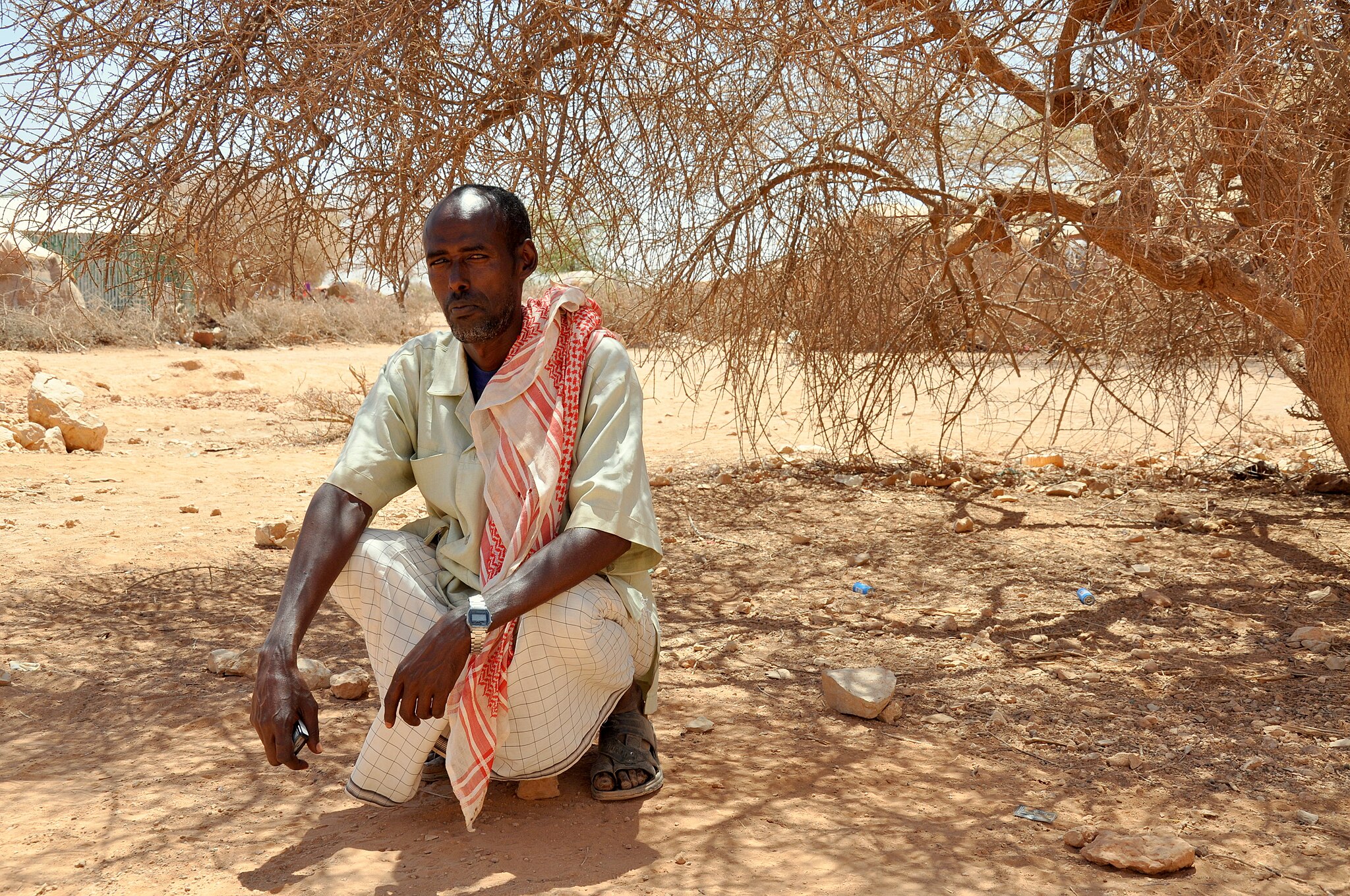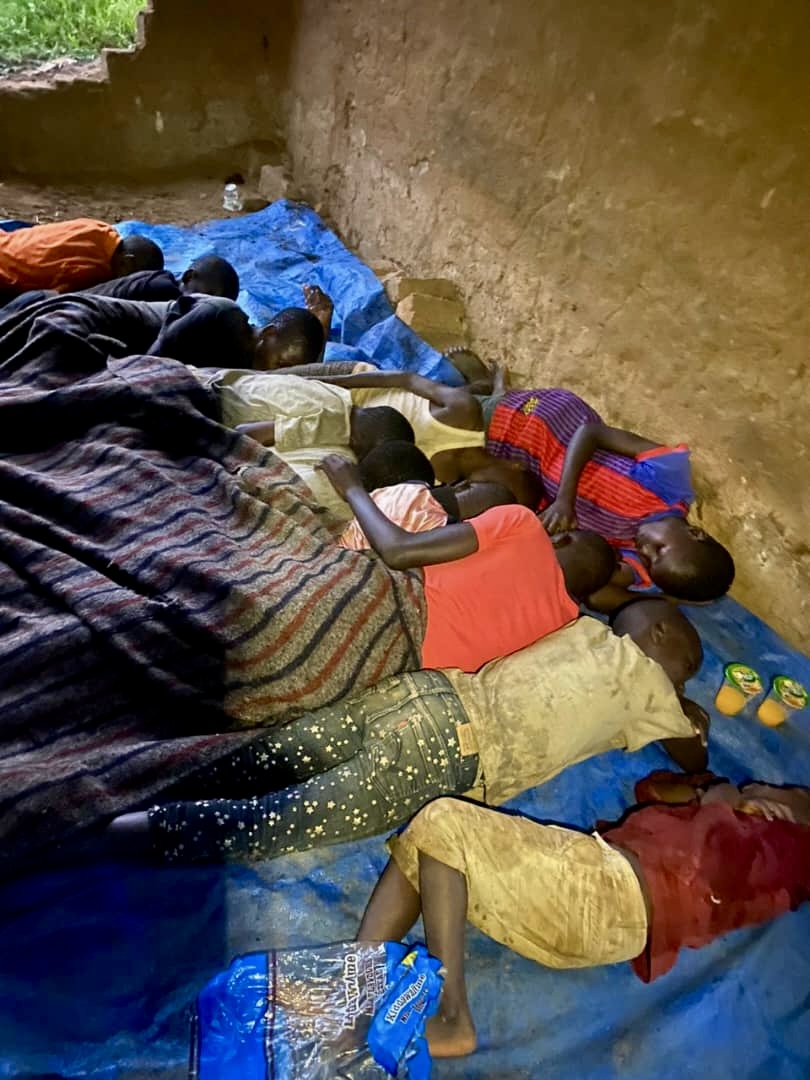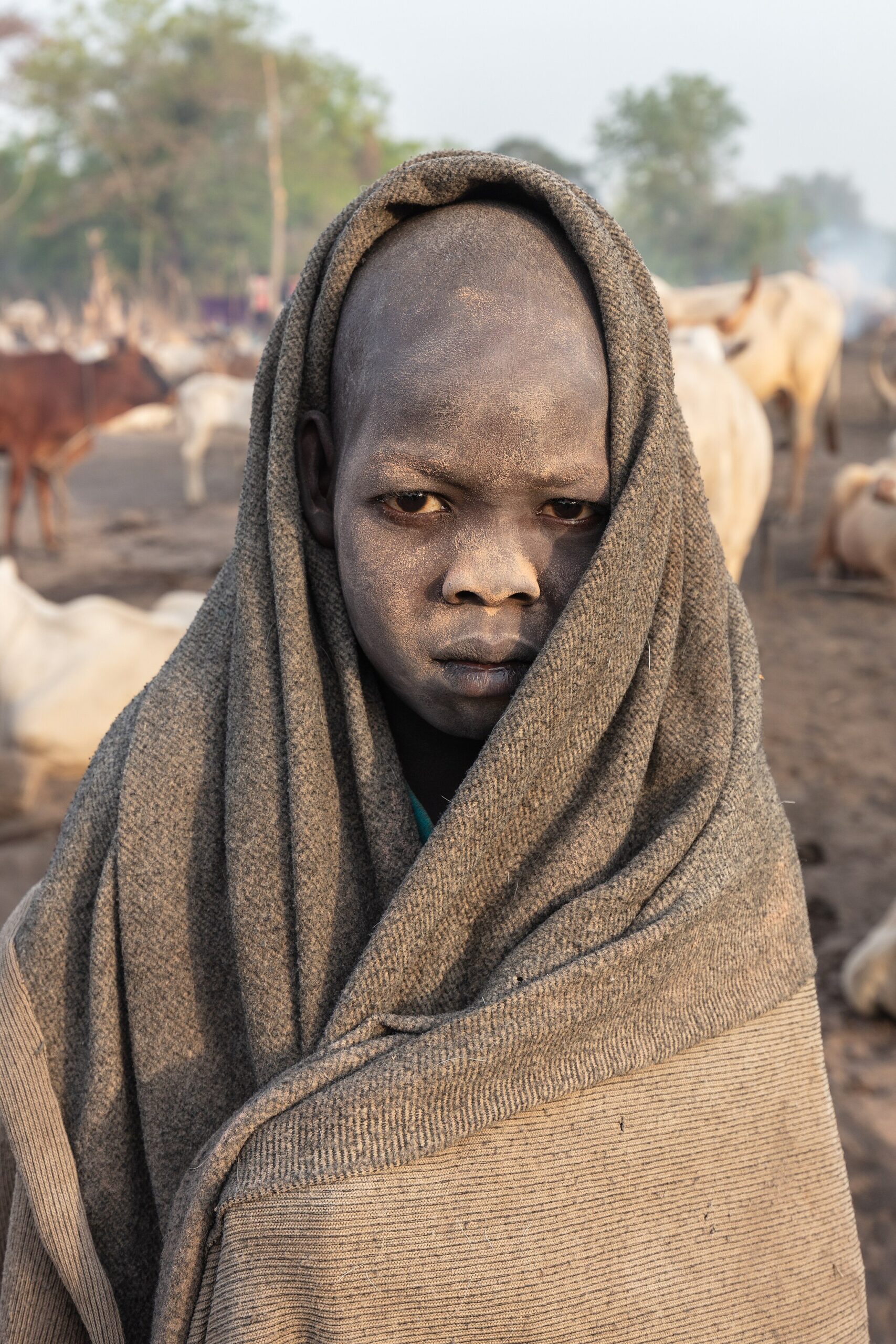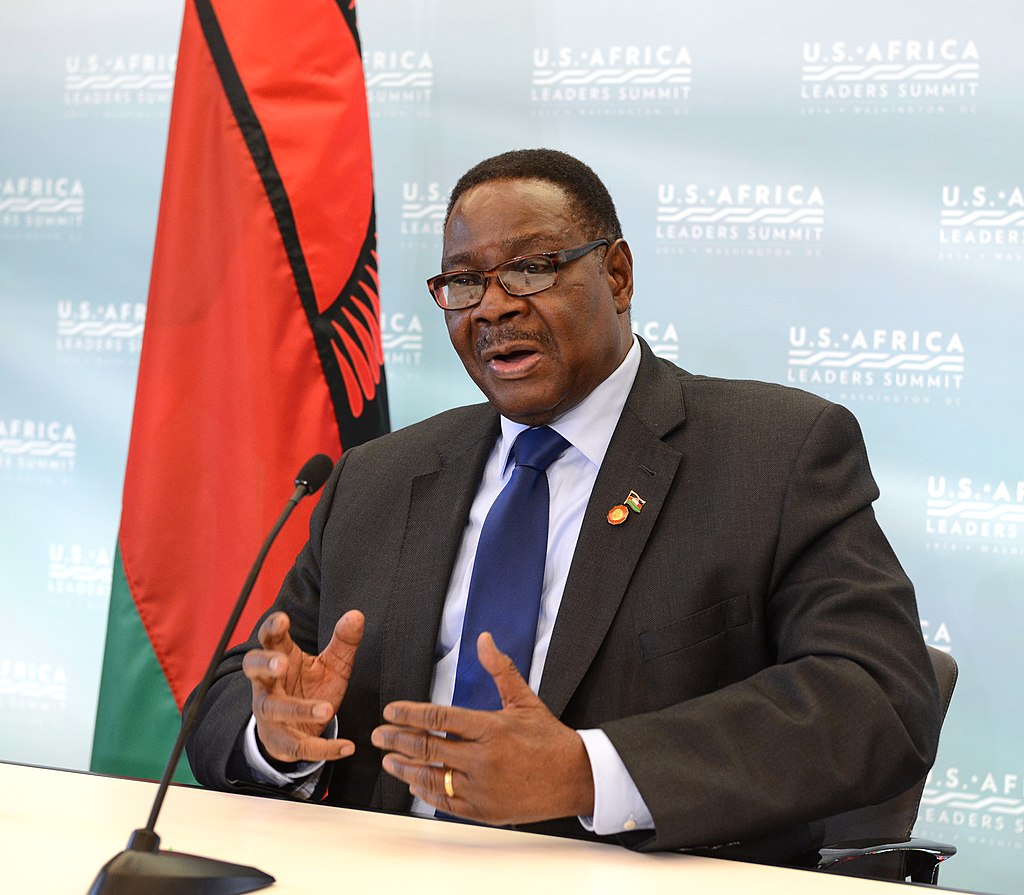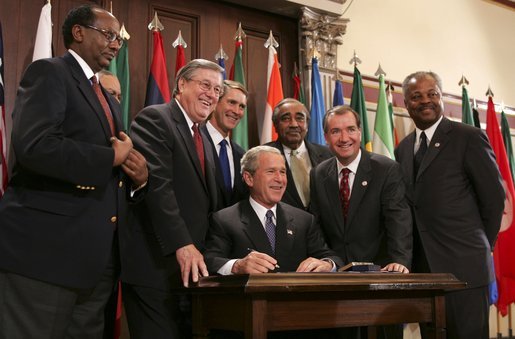In the Somali village of Waridaad, farmer and village chairman Hirsi Farah Ali has watched his livelihood disappear with the drought.
“In the past 12 months there has been no rain at all,” he said. “This is the worst drought because there is such a lack of water. All the water sources here dried up four months ago. The pasture has gone too. Water and pasture—these are the two things we pastoralists depend on.”
Almost three-quarters of his livestock have died. Out of 150 sheep and goats, only 40 remain. Of 22 camels, 15 have been lost to hunger and disease. For Hirsi, the death of his animals is more than financial loss—it means less food, less income, and fewer resources for his family and community.
A Local Story, A Continental Crisis
Hirsi’s experience is part of a wider crisis across the Horn of Africa and beyond. Extended droughts are affecting millions, pushing families from their homes, straining food supply chains, and deepening reliance on humanitarian aid. The impact is not confined to one village or one country but reflects the scale of hunger challenges across the continent.
At the same time, the World Health Organization (WHO) has announced the launch of its Global Inequality Monitoring Network. The initiative aims to collect and track data on disparities in health and resources worldwide, helping governments and agencies target interventions more effectively.
Why Scale Matters
Africa’s size and diversity mean that addressing hunger requires planning on a continental scale. From the drylands of the Sahel to the fertile valleys of Central and Southern Africa, conditions vary widely. Drought, flooding, fragile infrastructure, and limited distribution networks all combine to make food access uneven and insecure.
Today, more than one in five Africans face hunger, and nearly two-thirds cannot afford a healthy diet. Experts warn that without large-scale investment in agriculture, water systems, and food distribution, the crisis will continue to grow.
Monitoring and Action
The WHO’s new monitoring system is expected to provide valuable data on inequality, but observers stress that data alone will not be enough. Translating information into action remains the challenge. The hunger crisis in Africa highlights the urgency of moving from measuring disparities to addressing them directly.
For farmers like Hirsi Farah Ali, the numbers are already lived reality. His village’s losses demonstrate how drought, hunger, and inequality are intertwined. The hope now is that global attention—backed by accurate monitoring and decisive action—can bring solutions at a scale that matches the continent’s needs.
Featured photo and farmer story attribution: Oxfam East Africa, CC BY 2.0, via Wikimedia CommonsSource: : WHO, “Health Inequality Monitoring Network,” 16 June 2025
